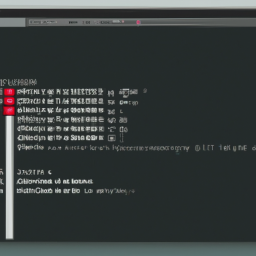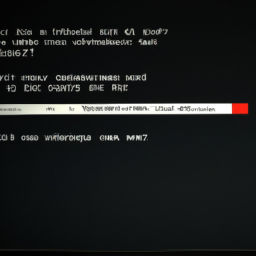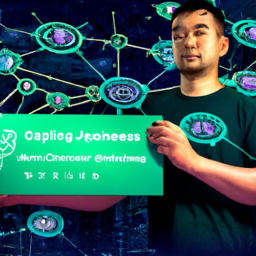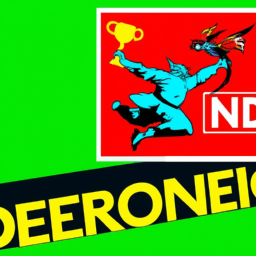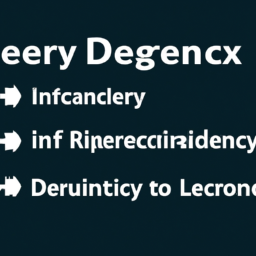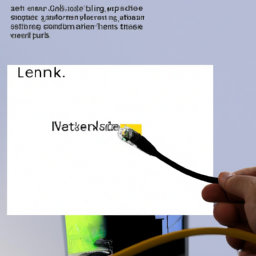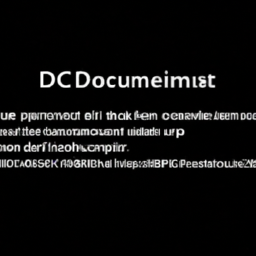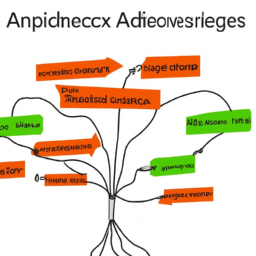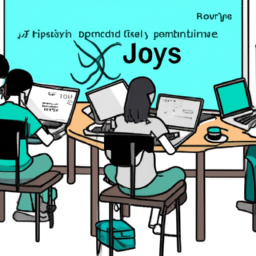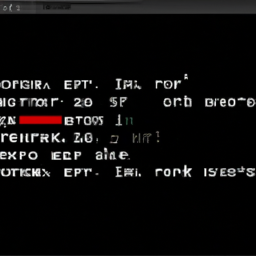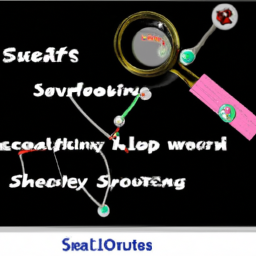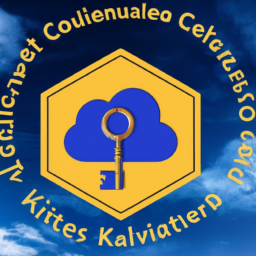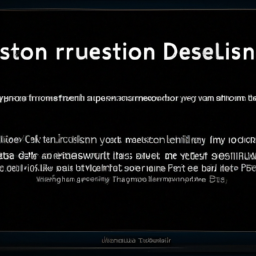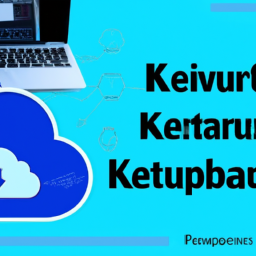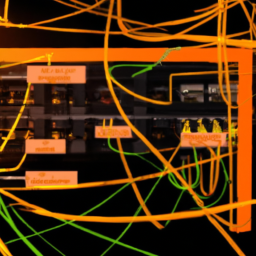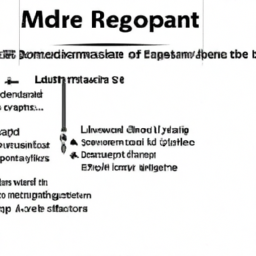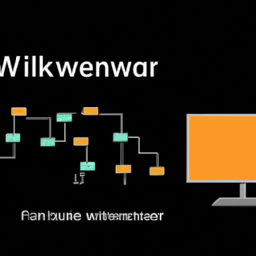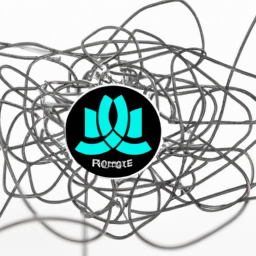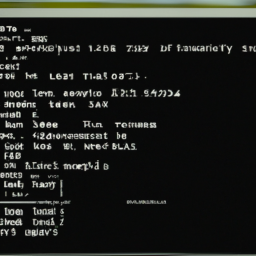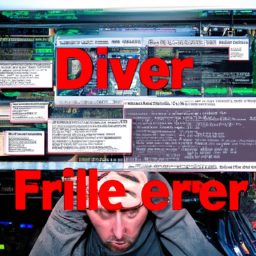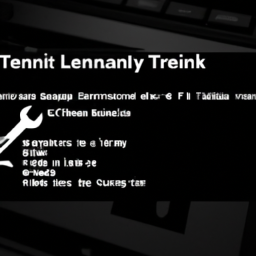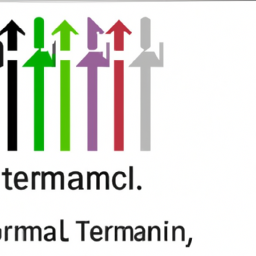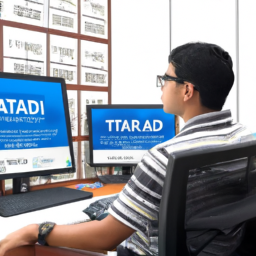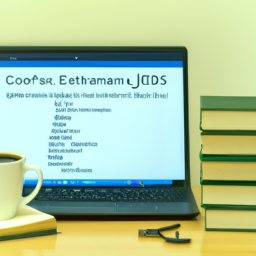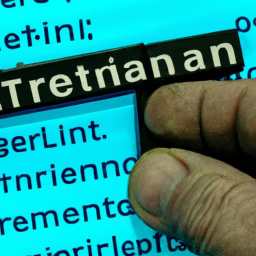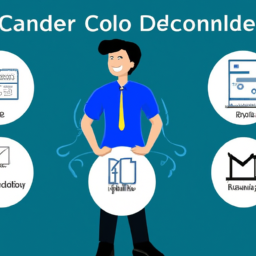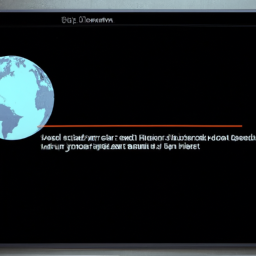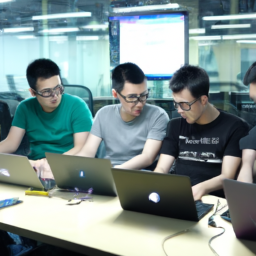In the vast landscape of Linux systems, interoperability issues can often arise, acting as roadblocks in the smooth functioning of your system. Like a tangled web that needs unraveling, these problems can hinder your productivity and frustrate your efforts.
But fear not, for there is a ray of hope amidst the darkness. In this article, we will guide you through the intricate maze of common interoperability problems that plague Linux systems and provide you with effective solutions to overcome them.
From troubleshooting software compatibility issues to resolving device driver conflicts, we will delve deep into the technicalities and intricacies of Linux interoperability. We will explore the challenges of ensuring network and protocol compatibility, addressing file system inconsistencies, and solving communication issues between applications.
Additionally, we will shed light on troubleshooting hardware and peripheral compatibility problems.
So, get ready to embark on a journey of discovery, armed with the knowledge and tools to fix common interoperability problems in your Linux systems. Together, we will unravel the complexities and pave the way for a seamless and efficient Linux experience.
Key Takeaways
- Troubleshooting software compatibility issues is crucial for productivity in Linux systems.
- Resolving device driver compatibility problems is necessary for seamless operation.
- Addressing file system compatibility challenges is crucial to prevent data loss and maximize performance.
- Troubleshooting hardware and peripheral compatibility is necessary for a smooth user experience.
Troubleshooting Software Compatibility Issues
Are you having trouble getting your software to work on your Linux system? Don’t worry, we’ve got you covered.
When it comes to troubleshooting software compatibility issues, there are a few key steps you can take to address the problem. First, make sure you have the latest patches installed to fix any software vulnerabilities that may be causing the issue.
Additionally, carefully debug the software installation process to identify and resolve any errors that may have occurred during the setup.
By following these systematic steps, you can ensure that your software runs smoothly on your Linux system.
Now, let’s move on to resolving device driver compatibility problems.
Resolving Device Driver Compatibility Problems
Resolving device driver compatibility issues can be a game-changer for seamless operation and enhanced performance on your Linux machine. To ensure your device drivers are compatible, follow these steps:
-
Finding solutions for firmware compatibility: Check the manufacturer’s website for firmware updates or patches that address compatibility issues with your Linux system.
-
Resolving conflicts with kernel modules: Use the lsmod command to identify any conflicting kernel modules and unload or disable them. You can then try loading the necessary module for your device.
-
Updating device drivers: Visit the manufacturer’s website or use package managers like apt or yum to update device drivers to the latest version compatible with your Linux distribution.
-
Compiling and installing custom drivers: In some cases, you may need to compile and install custom drivers provided by the manufacturer.
-
Testing device functionality: After resolving driver compatibility issues, it’s important to test the device’s functionality to ensure it’s working as expected.
Now, let’s move on to ensuring network and protocol compatibility.
Ensuring Network and Protocol Compatibility
Let’s dive into how you can make sure your network and protocols work smoothly together on your Linux machine.
Ensuring hardware compatibility and managing system configuration are crucial steps in achieving network and protocol compatibility. First, you need to ensure that your network interface card (NIC) is supported by the Linux kernel. Check the manufacturer’s website for Linux drivers or search for community-developed drivers.
Once your NIC is compatible, configure it properly by setting the correct IP address, subnet mask, and default gateway. Additionally, ensure that your Linux machine supports the necessary network protocols such as TCP/IP, UDP, and ICMP. You can manage these protocols through the network configuration files in the /etc directory.
By carefully managing these hardware and software components, you can ensure seamless network and protocol compatibility on your Linux system.
Now, let’s address the next challenge: file system compatibility.
Addressing File System Compatibility Challenges
To overcome file system compatibility challenges, you’ll need to ensure that your storage devices are formatted with a file system that is supported by your Linux distribution. This will prevent any potential data loss and maximize performance. Here are four key steps to address file system compatibility challenges:
-
Resolving kernel version conflicts: Ensure that the kernel version on your Linux distribution is compatible with the file systems used on your storage devices. This can be achieved by updating your kernel or installing the necessary kernel modules.
-
Addressing file permission issues: Linux file systems have specific permission settings that determine who can access and modify files. Make sure that the permissions are properly set to avoid any permission-related compatibility issues.
-
Verifying file system integrity: Regularly perform file system checks to identify and fix any errors or inconsistencies. This can be done using tools like fsck or by utilizing the built-in file system repair mechanisms.
-
Optimizing file system performance: Configure your file system to maximize performance by adjusting parameters like block size, journaling options, and caching settings.
By addressing these file system compatibility challenges, you can ensure smooth and efficient operation of your Linux system. Now, let’s move on to solving communication issues between applications.
Solving Communication Issues between Applications
Explore the possibility of a theory to tackle communication issues between applications in your Linux system. Managing interprocess communication is essential for applications to exchange data and coordinate tasks effectively. To achieve this, implementing standardized message formats is crucial. These formats ensure that applications can understand and interpret the data being sent or received. By adhering to a common messaging protocol, applications can communicate seamlessly, regardless of their underlying programming language or architecture. This approach promotes interoperability and simplifies the development process.
Standardized message formats also enable applications to handle different types of data, such as text, numbers, or binary files, in a consistent and predictable manner. By addressing communication issues through the implementation of standardized protocols, you can enhance the overall performance and reliability of your Linux system.
Moving on to troubleshooting hardware and peripheral compatibility.
Troubleshooting Hardware and Peripheral Compatibility
Ensure your hardware and peripherals seamlessly integrate with your system, enhancing functionality and creating a smooth user experience. Resolving audio driver conflicts is crucial in troubleshooting hardware compatibility issues.
Begin by checking if the audio driver is installed correctly and up to date. If conflicts persist, identify any conflicting drivers and disable or uninstall them.
Additionally, ensure that the audio settings in your system are properly configured and that the correct audio output device is selected.
Troubleshooting printer connectivity is another common issue. Start by checking the physical connections and ensuring that the printer is powered on.
Next, verify that the printer driver is installed correctly and compatible with your operating system. If connectivity issues persist, try restarting both the printer and your computer.
If all else fails, consider reinstalling the printer driver or contacting the manufacturer for further assistance.
Frequently Asked Questions
How can I troubleshoot software compatibility issues in Linux systems?
To troubleshoot software compatibility issues in Linux systems, start by identifying common software conflicts. A good metaphor for this process is untangling a bunch of tangled wires. Look for error messages, crashes, or unexpected behavior that could indicate conflicts between different applications or dependencies.
Use tools like ldd or strace to analyze dependencies and identify missing or incompatible libraries. Once you’ve identified the conflicts, you can work on resolving them by updating software versions or installing missing dependencies.
What steps can be taken to resolve device driver compatibility problems in Linux systems?
To resolve device driver compatibility problems in Linux systems, you can start by identifying the conflicting hardware components.
Next, check if there are any kernel modules available for those devices. If not, you may need to develop or modify the driver.
Install the necessary modules and ensure they’re loaded correctly. Test the compatibility by running the devices and verifying their functionality.
Regularly update kernel modules and drivers to maintain improved compatibility.
How can I ensure network and protocol compatibility in Linux systems?
To ensure seamless integration and compatibility between different Linux distributions, it’s crucial to address compatibility issues with third-party hardware and software. This involves meticulously examining network and protocol compatibility.
By thoroughly testing and verifying network configurations, you can establish a reliable and efficient network infrastructure. It’s important to ensure adherence to industry standards and employ appropriate protocols.
Staying updated with the latest advancements and patches in the Linux ecosystem will further enhance network and protocol compatibility.
What are some challenges and solutions related to file system compatibility in Linux systems?
File format challenges in Linux systems can arise when attempting to access files created on different operating systems or with incompatible file formats. This can result in errors or data corruption.
To overcome these challenges, file system migration solutions can be employed. These solutions involve converting the file system to a compatible format or using specialized software to access files in their original format.
This ensures seamless file compatibility and allows for smooth data transfer between systems.
How can I address communication issues between applications in Linux systems?
To address communication issues between applications in Linux systems, you can start by troubleshooting software dependencies and configurations. This involves checking if the necessary libraries and packages are installed and properly configured.
Additionally, you can use tools like strace and lsof to monitor system calls and open files, respectively, and identify any issues.
By taking a systematic approach and addressing these problems, you can ensure smooth and efficient communication between applications.
Conclusion
In conclusion, by addressing common interoperability problems in Linux systems, you’ve taken the first step towards creating a harmonious digital ecosystem.
Just as a skilled conductor brings together a diverse orchestra to create a symphony, your troubleshooting efforts have ensured that software, devices, networks, and file systems work in perfect harmony.
You’ve resolved communication issues between applications, troubleshooting hardware and peripheral compatibility, and ensuring network and protocol compatibility.
With your technical expertise and systematic approach, you’ve paved the way for seamless interoperability in the Linux environment.
Keep up the good work!


